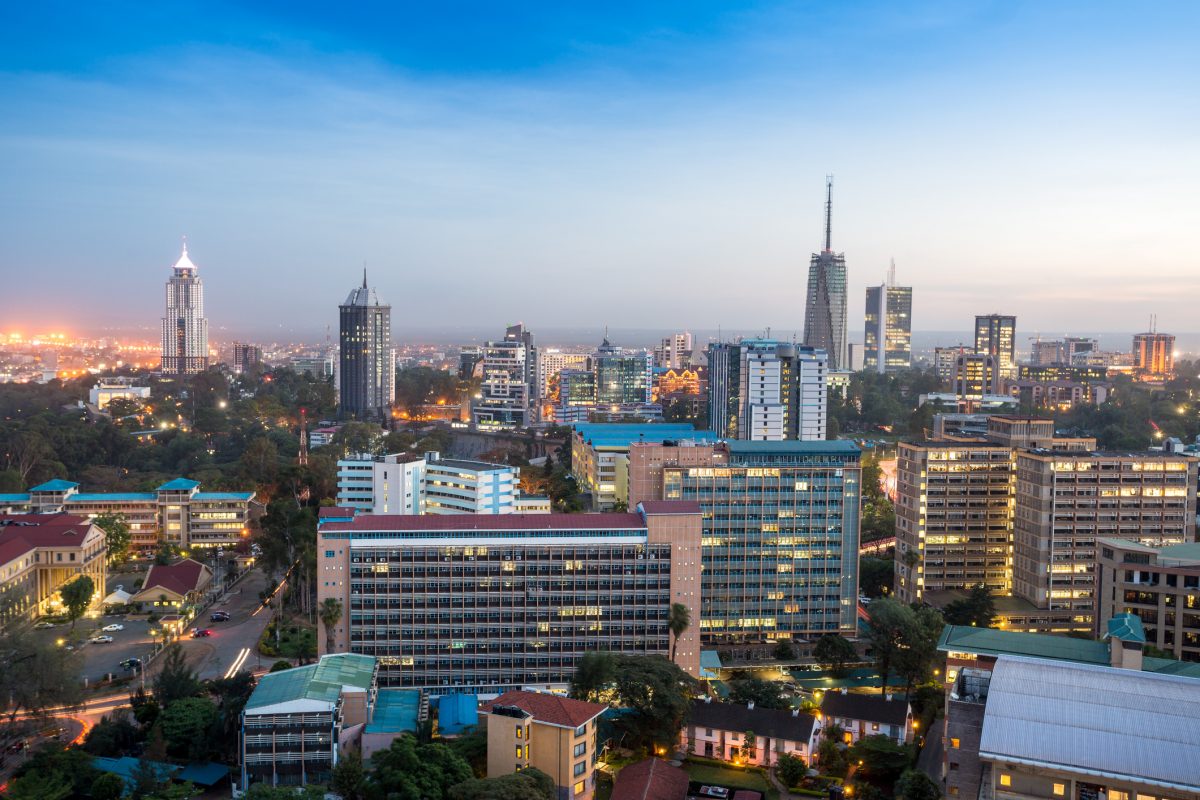According to the Population Division of the United Nations Department of Economic and Social Affairs, several countries will experience an increase in working age population through 2050. In its report entitled “The World Population Prospects 2019: Highlights,” the Population Division identifies the following areas will experience working age population growth:
- Most of sub-Saharan Africa
- Some areas of Asia
- Sections of Latin America
- Parts of the Caribbean
One of the main driving forces behind this growth is actually a reduction in birth rates. Lower growth rates for the non-working age population results in a favorable age distribution for other demographic populations.
Demographic trends resulting in this growth should help create benefits for these economies. With a growing workforce, governments should invest in training programs and education. As a result, this will position these economies well for future success and continual economic progress.
Overall Population Growth
According to the Population Division, the greatest increases in overall population between 2019 and 2050 will take place in the following nine countries:
- Democratic Republic of the Congo
- Egypt
- Ethiopia
- India
- Indonesia
- Nigeria
- Pakistan
- United Republic of Tanzania
- United States
Nigeria is expected to have the highest increase during this timeframe. However, the report notes that India is projected to become the world’s most populous country by the year 2027, overtaking China.
Focus on Nigeria Working Age Population
Nigeria (officially the Federal Republic of Nigeria) is in West Africa, on the Gulf of Guinea. The nation has a large population, estimated at over 191 million residents. The nation’s population grew at a rate of over 60% from 1990 through 2008. The United Nations reports that Nigeria has been experiencing tremendous population growth. The country has one of the highest growth rates in the world, along with high growth in population aged 14 years or younger. The country’s median age is approximately 18 years old.
Nigeria’s working age population has been growing and is estimated at 115.5 million people through Q3 2018. However, the unemployment rate has been rising as well, with a calculated rate through Q3 2018 of 23.1%. The largest industries that drive Nigeria’s economy include:
- Agriculture
- Mining
- Petroleum
- Tourism
These industries also drive most of Nigeria’s exports, consisting of:
- Chemicals
- Cocoa
- Palm Oil
- Petroleum
Focus on India Working Age Population
India (officially the Republic of India) is in South Asia. While the country is the seventh largest by area, it is currently the second largest by population, behind China. India’s population is currently estimated at approximately 1.37 billion residents. The rate of India’s population growth, 15 million per year, is the largest in the world. The country’s median age is approximately 27 years old.
India’s working age population will grow to more than 1 billion by the year 2050. However, unemployment is rising as well. Labor force participation in India has been declining, with 50% of the working age population out of the workforce. The top sectors that drive India’s economy include:
- Automobiles
- Aviation
- Fast Moving Consumer Goods (household and personal care items)
- Oil and Gas
- Steel and Cement
These same industries also drive most of India’s Top 10 exports:
- Automobiles
- Chemicals
- Clothing
- Cotton
- Electrical Machinery and Equipment
- Gems and Metals
- Machinery and Computers
- Oil, Mineral Fuels
- Pharmaceuticals
- Steel and Iron
What Does This Mean?
Several countries that have a growing working age population may offer opportunities for future economic growth. Companies not currently located in these countries should review their future plans. Employers may be able to leverage growing labor forces either locally or through global relocation. Also, companies may benefit from the increasing population within countries that might fit within their global expansion plans.
What Should Employers do if a Country has a Growing Working Age Population?
Review Expansion Plans
Companies currently in a country with a growing working age population should examine their plans for corporate expansion. They should also review their talent acquisition programs to ensure alignment with corporate objectives. Pre-decision services offer critical tools to help companies retain organization talent.
Leverage Relocation Benefits
Companies that are experiencing a talent shortage should consider looking at countries with a growing working age population. They can leverage relocation benefits to attract and retain international talent.
International PEO
Companies not currently in a country with a growing working age population but who want to enter it might consider the services of an International Professional Employer Organization (PEO). International PEOs help companies quickly grow and expand into new markets with an employer of record solution. The PEO will manage all aspects of the employment relationship in the EU, from onboarding to pension arrangements. Companies may be able to achieve significant savings compared to the cost of setting up their own foreign entity in these countries.
Conclusion
GMS’ team of global relocation experts has helped thousands of our clients understand how to grow their company’s international employment. Our team can also help your company understand how to work with an International PEO. Whether through global relocation or the services of an International PEO, our team can help your company leverage the growth of countries with a growing working age population.
GMS was the first relocation company to register as a .com, created the first online interactive tools and calculators, and revolutionized the entire relocation industry. GMS continues to set the industry pace as the pioneer in innovation and technology solutions with its proprietary MyRelocation™ technology platform.
Global Mobility Solutions is proud to be named and ranked #1 Overall, and #1 in Quality of Service by HRO Today’s 2019 Baker’s Dozen Customer Satisfaction Survey.
Contact our experts online to discuss your company’s interest in learning how it can leverage opportunities in a country with a growing working age population, or give us a call at 800.617.1904 or 480.922.0700 today.



